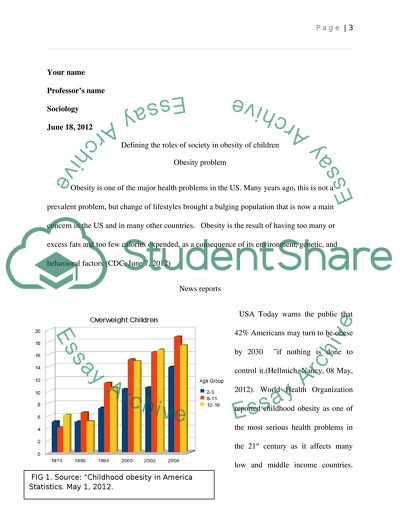Cite this document
(“Whose Responsibility of Childhood Obesity Research Paper”, n.d.)
Retrieved from https://studentshare.org/sociology/1453277-whose-responsibility-of-childhood-obesity
Retrieved from https://studentshare.org/sociology/1453277-whose-responsibility-of-childhood-obesity
(Whose Responsibility of Childhood Obesity Research Paper)
https://studentshare.org/sociology/1453277-whose-responsibility-of-childhood-obesity.
https://studentshare.org/sociology/1453277-whose-responsibility-of-childhood-obesity.
“Whose Responsibility of Childhood Obesity Research Paper”, n.d. https://studentshare.org/sociology/1453277-whose-responsibility-of-childhood-obesity.


